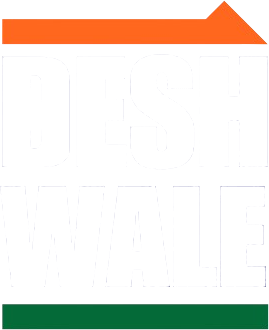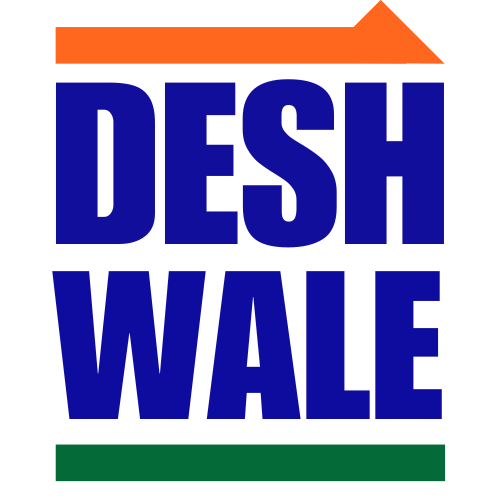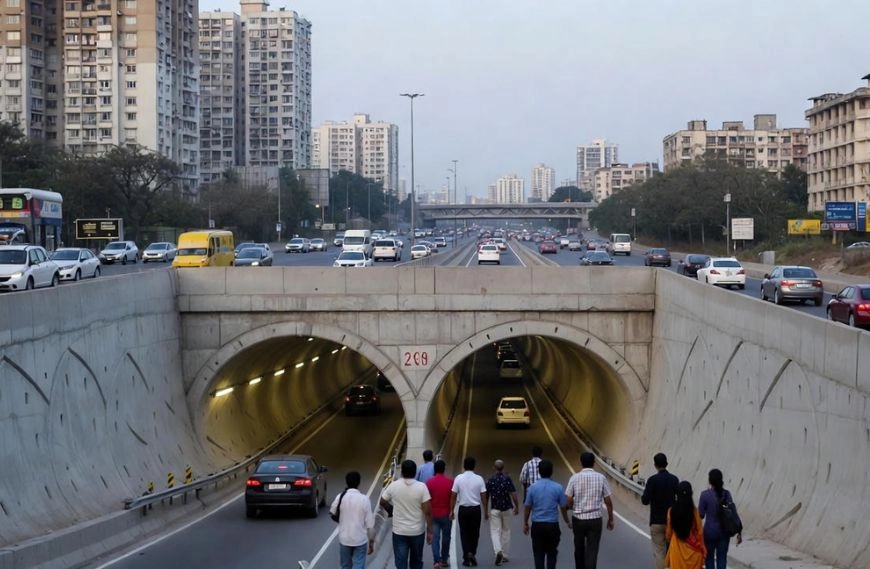Mumbai, India’s bustling financial capital, is known for its crowded streets and long traffic jams. Every day, commuters spend hours stuck in traffic, and this affects not just their time but also their health and productivity. To address this growing problem, the Maharashtra government has announced a bold plan: building a network of underground tunnels under the city, which they are calling Mumbai’s own “Paatal Lok.”
The idea behind this project is simple. By moving part of the traffic underground, the surface roads can be less crowded. This could make daily commuting faster and smoother. Chief Minister Devendra Fadnavis shared this vision during a youth-focused event, highlighting the government’s plan to raise Mumbai’s average vehicle speed to 80 km/h by 2032. Achieving this would be a huge improvement from the current average speeds on the city’s busiest roads.
The tunnels are expected to connect major areas like Bandra, Worli, the Bandra-Kurla Complex (BKC), and the airport. These are some of the city’s most traffic-heavy zones, where congestion is a daily challenge. By creating a network of underground roads linking these areas, the project aims to provide commuters with an alternative route, reducing stress and saving time.
Building such a network is no small task. It will require advanced engineering, careful planning, and years of construction. Experts suggest that projects of this scale need detailed studies on soil, water tables, and the city’s existing infrastructure. Yet, the idea of creating a parallel underground road system shows how urban planners are thinking beyond traditional solutions.
The “Paatal Lok” tunnels also reflect a larger vision for Mumbai’s future. As the city grows, traffic is likely to increase. Long-term solutions like this tunnel network, along with better public transport and smarter city planning, could help make Mumbai more livable. It is not just about faster travel; it is about improving quality of life for millions of residents.
While there are challenges ahead, the announcement has generated excitement. Many see it as a symbol of innovation and ambition. For the city’s daily commuters, it represents hope — a future where travel can be quicker, safer, and less stressful. If successful, Mumbai’s underground tunnels could set an example for other congested cities in India and around the world.
Subscribe Deshwale on YouTube



